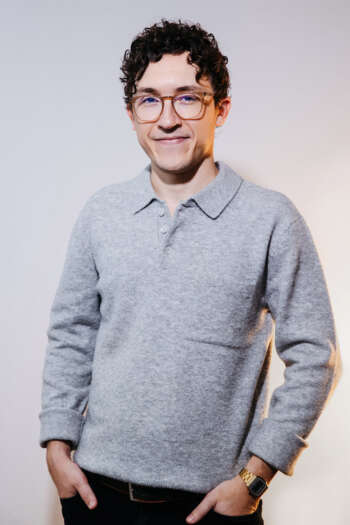A number of times on this site we refer to two schools of thought on the composition of therapy groups. One suggests that groups are best organized around a particular theme, diagnosis, or demographic. The logic here is that individuals with similar difficulties (e.g. those struggling with anger, for example), who come from a similar background (e.g. Asian women), or share a similar set of characteristics (e.g. new moms) will find an affinity with others like them. The groups are therefore organized around a particular set of topics.
Another school of thought, and one to which we profess, suggests that groups organized around a common desire to grow, rather than a particular set of struggles or demographics, provide a rich diversity with which to build a thriving, powerful therapy group. There are a number of reasons we'd like to offer in support of this choice:
New York City is a diverse place. Group therapy is, among other things, a great context for learning to build with others. In the course of our daily lives here in New York, we have the opportunity of building with this great variety of people. Shouldn't our therapy groups match the diversity of New York?
If you've come to therapy with help for a particular issue and you've joined a therapy group organized to help with that particular issue, there's a great likelihood that most of the work of the group will be dedicated to addressing that issue. However, human beings have lots of "issues." In fact, we're a lot more than even a collection of various "issues." Whether taking on depression, anxiety, anger, or loneliness in group therapy, you'll quickly come to recognize that difficulties in one area of life don't exist in isolation. How could they? Human beings are not file cabinets with individual, discrete sets of doors within which lie select portions of our selves. In a diverse therapy group, the topic won't be limited to one or a few compartments of life.
Group therapy is hard work because it demands that its members collectively build an environment where everyone can get help. The more diversity there is in the group, the more challenging (and rewarding) this task becomes. Imagine signing on to work with a personal trainer. Do you want your trainer to expose you merely to exercises that are comfortable, or do you want to be exposed to challenges that will help your body grow stronger and more agile? While it may be tempting to stick with what's easy, if therapy is worth taking on, it's worth making it a challenge.
Finally, the diverse members of a therapy group bring more experiences, successes, struggles, emotions, perspectives, and ways of approaching challenges to the group's table. While the therapist is a key contributor to the growth of the group, diverse groups provide opportunities to grow from the experiences and contributions of everyone.





